Preprint Club
A cross-institutional Journal Club Initiative
The skin environment controls local dendritic cell differentiation and function through innate IL-13
Mayer J.U. et al. (BioRxiv) DOI: 10.1101/2021.01.05.425466

Keywords
Type 2 dendritic cells
IL-13
T helper 2 cells
Main Findings
Dendritic cells (DC) are essential for the induction of T cell responses. Understanding the innate signals received by DC in a particular microenvironment that are necessary to mount a particular T cell response is critical.
Mayer, Lamiable and colleagues found that IL-13/STAT6 signaling is necessary for Klf4-dependent dermal migratory CD11blo DC2 differentiation. In the mouse skin, IL-13 is produced by ILC2 (and to a lesser extent by DETC, a γδ T cell population). Innate IL-13 licenses dermal DC2 to prime and polarize naïve T cells into TH2 and limit TH17 polarization upon Nippostrongylus brasiliensis infection. Human dermal DC2 transcriptome is also enriched in IL-4/IL-13 gene signature indicating that the role of this axis could be conserved from mice to humans.
This work indicates that IL-13 could potentially be blocked or provided to respectively limit or promote the TH2 response in the skin.
Limitations
Unfortunately, there is no Cre mouse model to target specifically DC2 nor dermal CD11blo DC2 to prove that IL-13/STAT6 signalling in these cells is unequivocally necessary for TH2 polarization.
IL-4 is not necessary for CD11blo DC2 differentiation however its role on DC2 could not be excluded in TH2 polarization.
Significance/Novelty
What is the novelty of the preprint for the field specific?
The innate signal and notably the precise cytokines (and cellular sources) governing the DC response in vivo are not well known. This paper suggests that dermal DC2 receive IL-13 from ILC2 and DETC and then in the draining lymph node prime and polarize naïve T cells into TH2 cells and limit TH17 cells polarization.
How does the result of the preprint matter for general immunologists and/or patients?
Many studies on TH2 are not focused on the innate signals activating them. This study explore how skin TH2 could be induced through innate IL-13-dependant DC2 differentiation. To modulate TH2 responses in the clinic and notably allergy it is of utmost importance to understand the innate trigger of this response.
Credit
Reviewed by Raphaël Mattiuz as part of the cross-institutional journal club of the Immunology Institute of the Icahn School of Medicine, Mount Sinai and the Kennedy Institute of Rheumatology, University of Oxford.